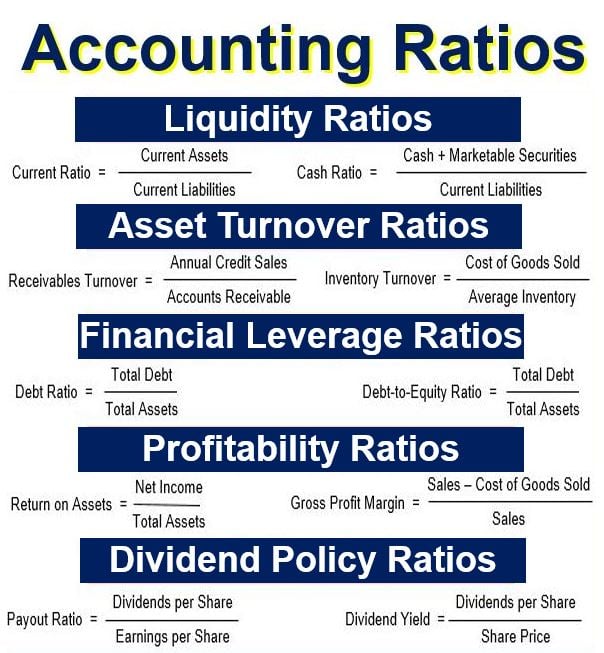Best Info About Financial Ratio Summary

On 16 feb 2024, dpm and finance minister lawrence wong delivered the budget 2024 statement in parliament.
Financial ratio summary. Financial ratios are mathematical comparisons of financial statement accounts or categories. A financial ratio or accounting ratio states the relative magnitude of two selected numerical values taken from an enterprise's financial statements. Using the financial ratios derived from the balance sheet and comparing them historically versus industry averages or competitors will help you assess the solvency and leverage of a business.
Investors tend to use some financial ratios more often or place more significance on certain ratios when evaluating business or companies. These relationships between the financial statement accounts help investors, creditors, and internal company management understand how well a business is performing and of areas needing improvement. Under current policy and based on this report’s assumptions, it is projected to reach 531 percent by 2098.
Debt to equity ratio: Key financial ratios. There is no international standard for calculating the summary data presented in all financial statements, and the terminology is not always consistent between companies, industries, countries.
1) return on assets (roa) return on assets measures a company’s ability to generate income from its assets. Liquidity ratios liquidity ratios measure a company’s ability to. How much equity we have to cover $1 in liabilities.
Watch budget 2024 statement. Learn the most useful financial ratios here. In summary, financial ratios are indispensable tools for evaluating a company's financial health, performance, and market position.
These ratios are used by financial analysts, equity research analysts, investors, and asset managers to evaluate the overall financial health of businesses, with the end goal of making better investment decisions. Financial ratio analysis is a powerful analytical tool that can give the business firm a complete picture of its financial performance on both a trend and an industry basis. Different financial ratios indicate the company’s results, financial risks, and working efficiency, like the liquidity ratio, asset turnover ratio, operating profitability ratios, business risk ratios, financial risk ratios, stability ratios, etc.
Cfi’s financial ratios definitive guide provides a focused look at 30+ of the most essential financial ratios that a financial analyst uses to analyze a business. These ratios are used by financial analysts, equity research analysts, investors, and asset managers to evaluate the overall financial health of businesses, with the end goal of making better investment decisions. Financial ratios help you interpret any company’s finances’ raw data to get actionable inputs on its overall performance.
The purpose of financial ratios is to enhance one's understanding of a company's operations, use of debt, etc. A few points should be noted: Overview of financial ratios accounting ratios accounts payable ratios activity ratios balance sheet ratios capitalization ratios cash flow ratios coverage ratios debt ratios efficiency ratios financial ratios how to calculate margins leverage ratios liquidity ratios market value ratios operating performance ratios operating ratios
The last group of financial ratios that business owners usually tackle are the profitability. Stockholder’s equity to debt ratio: In simple words, a financial ratio involves.
How much net income we generate from every. How much we owe in liabilities for every $1 of equity. The resulting ratio can be interpreted in a way that is more insightful than looking at the items separately.

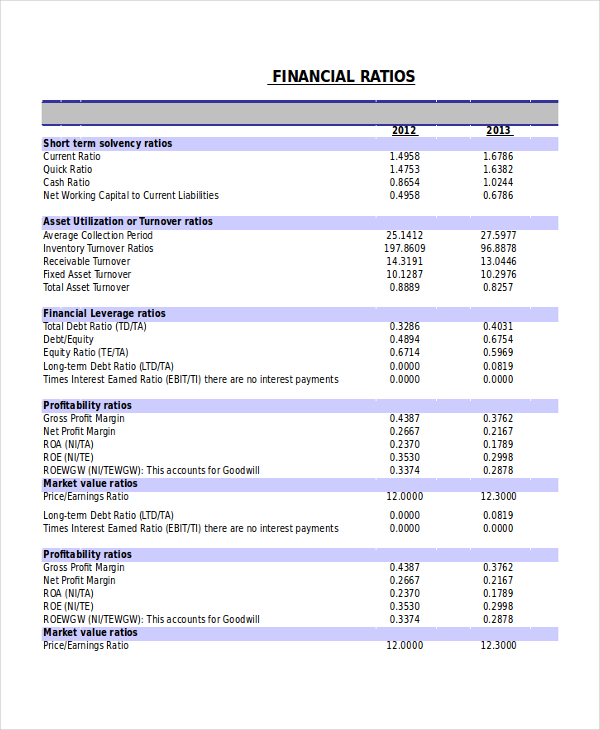

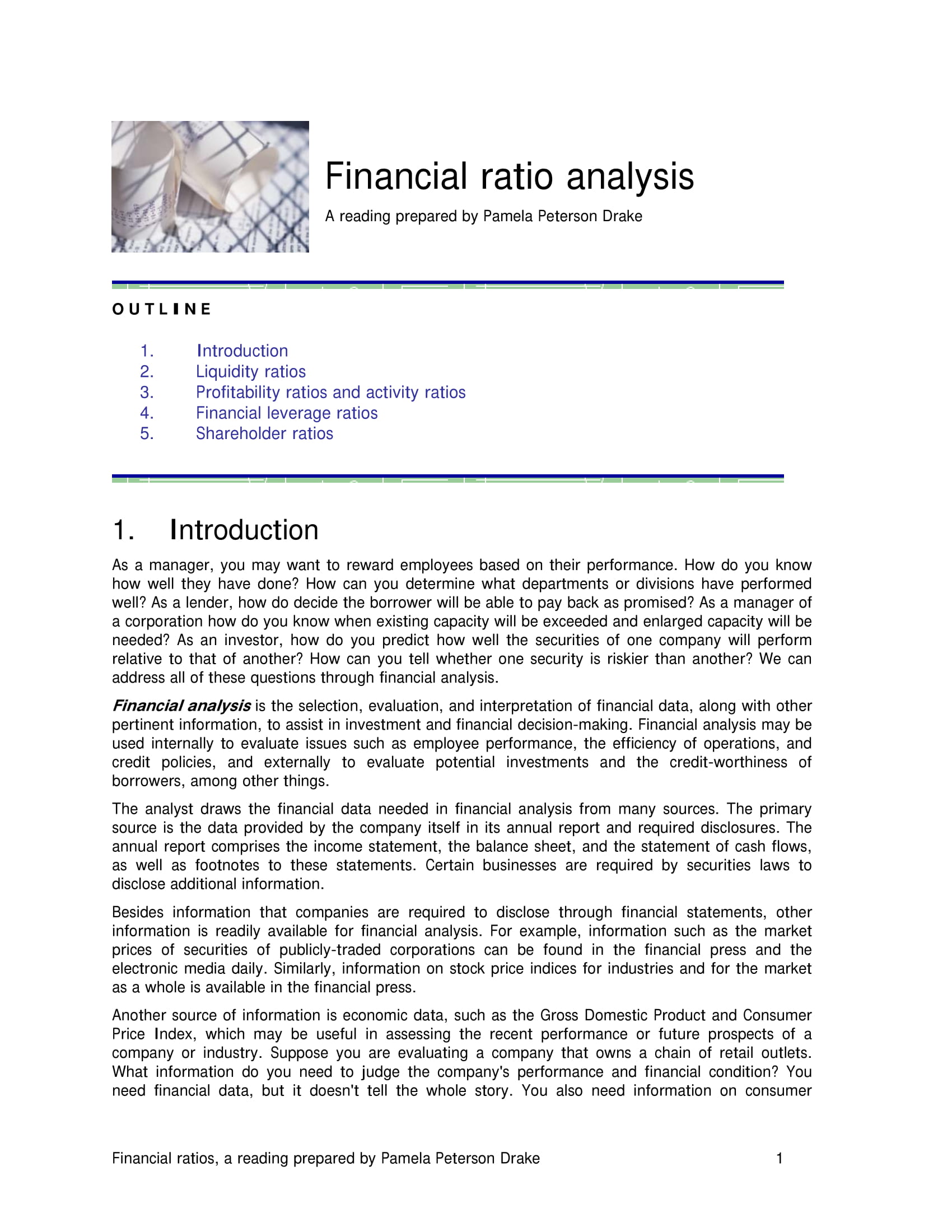


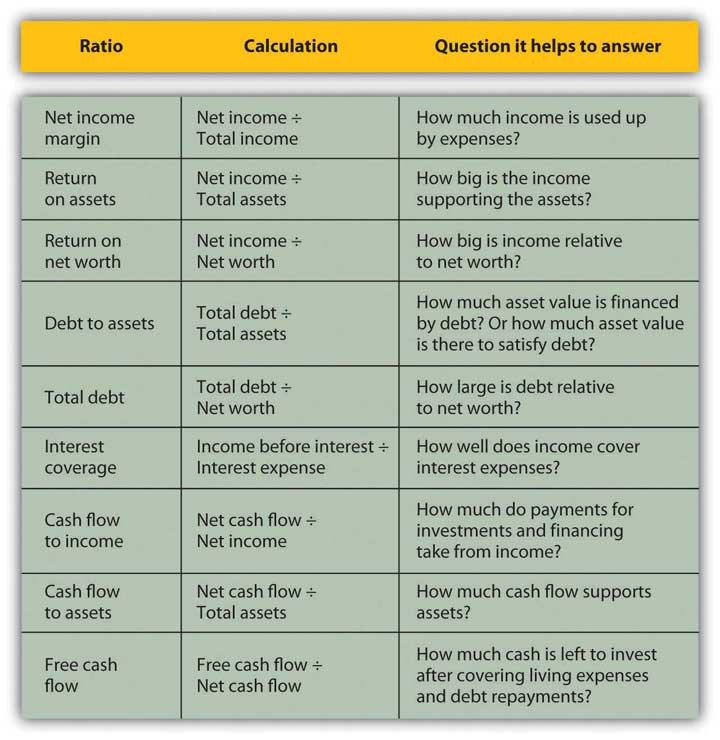




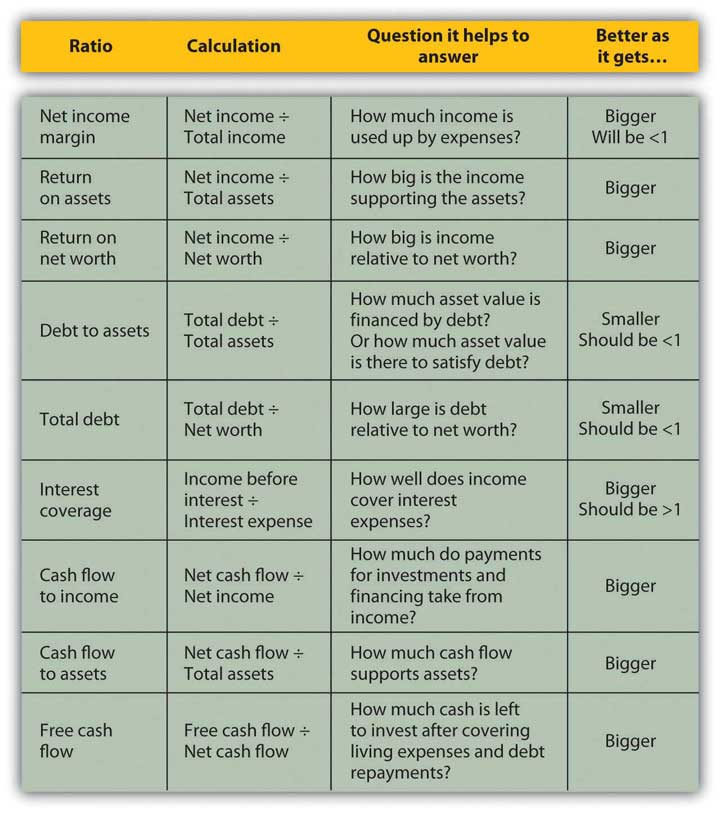


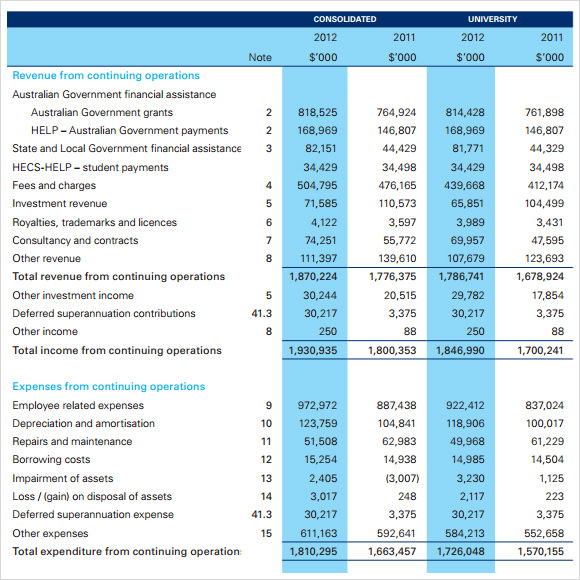
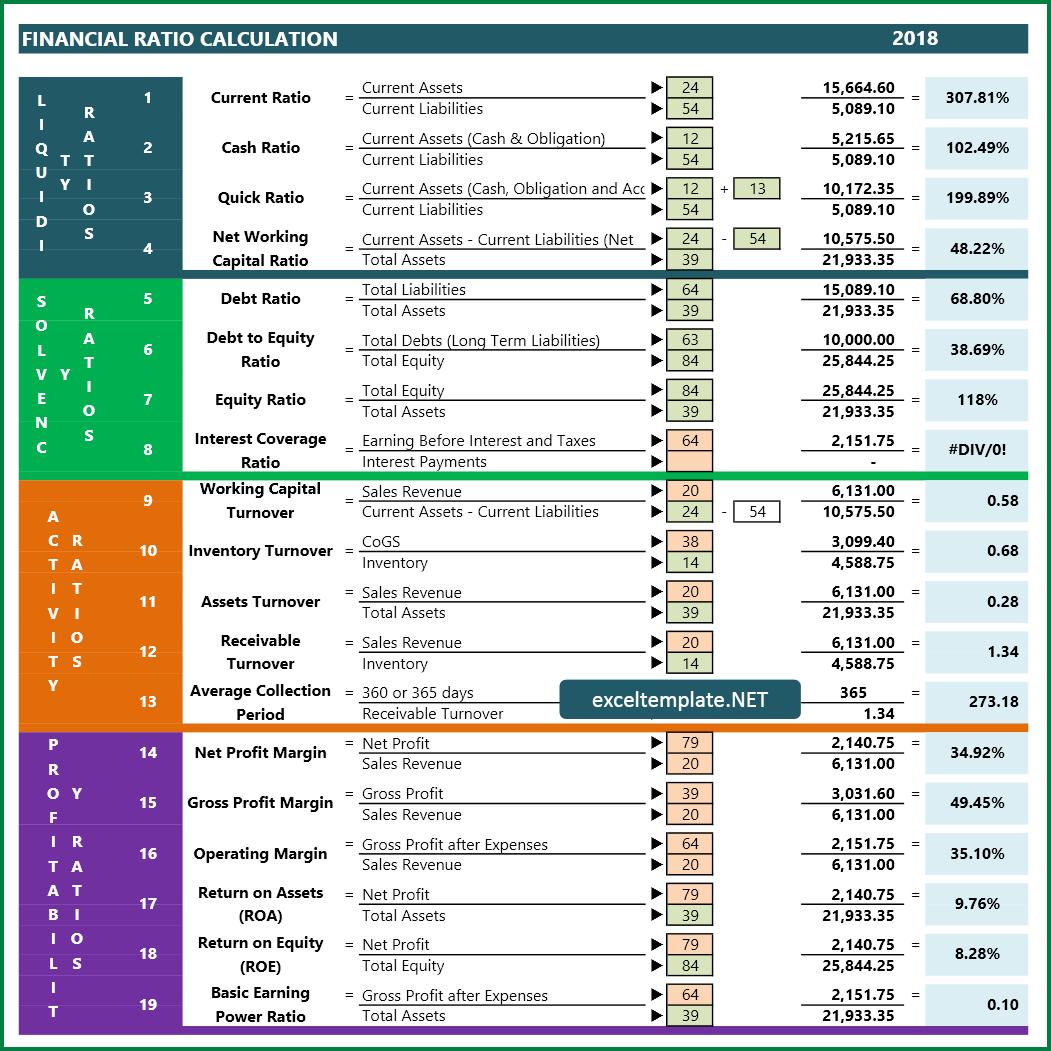
/Summary-of-Financial-Ratios-for-XYZ-Financial-Ratio-Analysis-Tutorial_01-56a0a3345f9b58eba4b25443.png)
